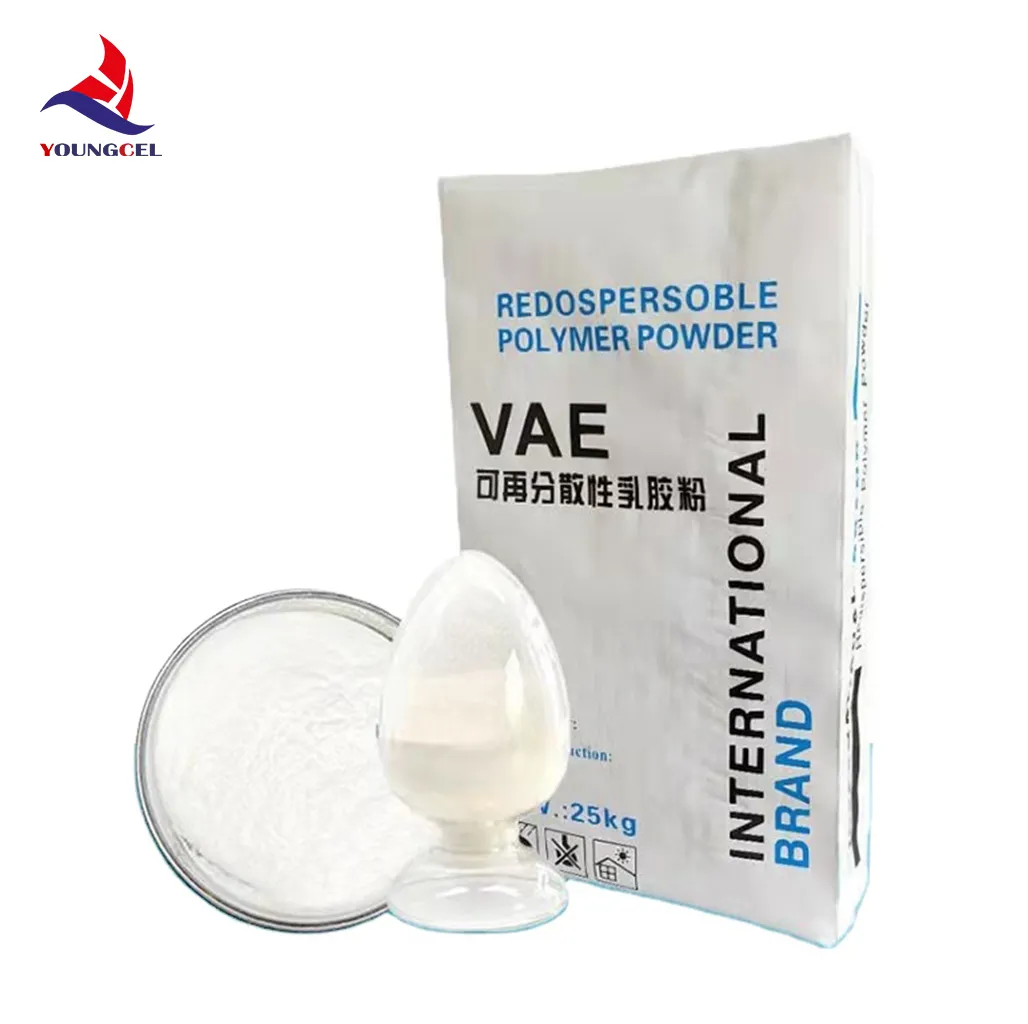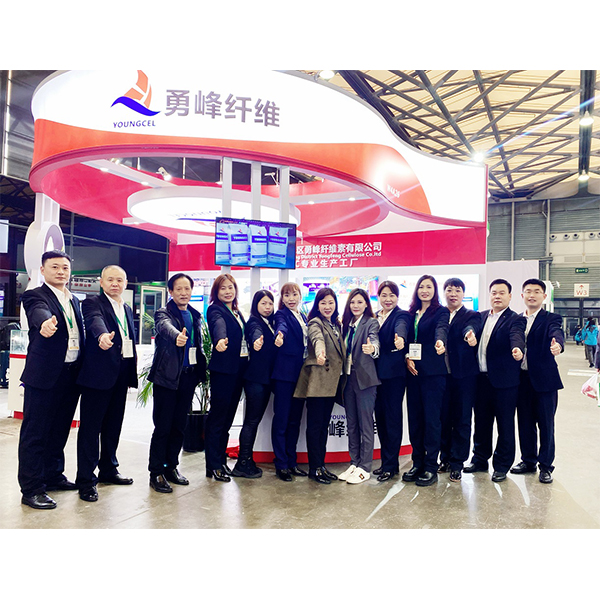- Understanding the core polymer characteristics of HPMC K4M
- Technical specifications including viscosity profiles and performance benchmarks
- Comparative analysis of leading manufacturers through data-driven insights
- Custom formulation options for specialized industrial requirements
- Practical implementation examples across pharmaceutical applications
- Performance advantages in controlled-release drug delivery systems
- Strategic considerations for material selection and sourcing

(hpmc k4m)
What is HPMC K4M?
Hydroxypropyl Methylcellulose K4M represents a critical cellulose derivative extensively utilized in pharmaceutical manufacturing. This specialized polymer demonstrates a methoxy content of 19-24% and hydroxypropoxy content ranging from 7-12% according to USP standards. Scientists value K4M for its balanced hydrophilic properties enabling precise hydration control in formulations. Its chemistry allows reversible thermal gelation behavior with consistent gelation points between 60-65°C across production batches.
Industry professionals select this specific polymer grade because it delivers repeatable hydration times of 3-5 minutes with viscosity development that follows predictable logarithmic curves. Regulatory compliance includes meeting ICH Q3D elemental impurity guidelines and current Good Manufacturing Practice (cGMP) certification for pharmaceutical applications. The material's surface tension modulation capabilities (typically 40-50 dynes/cm) prove essential for tablet binding and film coating operations where interfacial interactions determine success.
Technical Properties and Advantages of Premium Polymers
Viscosity represents the paramount characteristic distinguishing K4M, with standard Brookfield measurements showing 4,000±10% mPa·s in 2% aqueous solutions at 20°C. Laboratory rheology studies confirm pseudoplastic behavior with zero-shear viscosity plateauing at 9,200 mPa·s and shear-thinning indices averaging 0.92. Temperature dependence follows Arrhenius relationships with activation energy of 34 kJ/mol - a critical factor for dissolution profile consistency in oral solid dosage forms.
Comparative dissolution testing reveals K4M extends release timelines 8-12 times longer than standard binders. Controlled release matrix tablets incorporating 20% K4M content consistently achieve 10-12 hour therapeutic coverage regardless of pH environments. Recent innovations include surface-functionalized K4M variants that demonstrate 18% faster compaction characteristics while maintaining identical viscosity parameters. These modifications reduce tablet compression forces by 22% without compromising dissolution performance or stability profiles during accelerated stability testing per ICH guidelines.
| Property | K4M Standard | Specialized Grade | Competitor Polymer | Competitor Polymer |
|---|---|---|---|---|
| Viscosity (2% aqueous) | 3,600-4,400 mPas | 4,000±3% mPas | 3,200-5,100 mPas | 3,800-4,600 mPas |
| Compression Force Required | 18 kN | 14 kN | 23 kN | 20 kN |
| Release Extension Factor | 8x | 11x | 6x | 7x |
| Gelation Temperature | 62±3°C | 65±1°C | 58±5°C | 60±4°C |
| Moisture Uptake (24hr @80%RH) | 12% | 9% | 16% | 18% |
Comparing Leading Polymer Manufacturers
The global supplier landscape reveals significant quality differentials among K4M producers. Leading manufacturers maintain particle size distributions where D90 values consistently measure below 180μm, while second-tier suppliers average 220μm with wider dispersity indices. Pharmaceutical-grade material demands particle morphology examinations confirming spherical agglomerates exceeding 85% by volume - a characteristic correlating with 20-30% better flow properties than irregular particles.
Batch consistency data demonstrates premium grades achieve viscosity standard deviations below 2% across 24 consecutive production lots versus 5-8% variations in economy materials. Independent audits confirm superior manufacturers maintain residual solvent levels under 250ppm compared to industry averages of 500-800ppm. Formulators should note that certified pharmaceutical grades undergo specialized washing protocols reducing chloride content to under 0.05% - a critical factor in corrosion prevention for manufacturing equipment.
Tailored Solutions for Specific Applications
Custom-engineered K4M modifications include surface-treated polymers with reduced dusting characteristics achieving exposure levels below 0.5mg/m³ during tableting operations. Hydrophobically modified versions demonstrate 40-45% encapsulation efficiencies for poorly soluble actives. Thermal stability enhancements now permit sterilization cycles at 130°C without molecular weight degradation for aseptic manufacturing processes.
Granulation-ready grades incorporate specialized plasticizers lowering glass transition temperatures by 12-15°C, enabling direct compression formulations without wet granulation steps. Pilot studies show these modified polymers increase production throughput 25-30% by eliminating drying cycles. Functionalization packages address common formulation problems including electrostatic charging during powder handling and die-wall friction during tablet ejection - challenges that historically consumed 15% of production time in standard operations.
Implementation Successes in Pharmaceutical Technology
Commercial applications include extended-release cardiovascular tablets where K4M matrices provided zero-order release kinetics for 16 hours in pH-shifting environments. Process validation data from nine manufacturing sites confirmed K4M formulations reduced content uniformity deviations by 80% compared to previous hydrophilic matrices. Scale-up operations demonstrated particularly impressive results with production lots exceeding 800kg showing tablet hardness variations under 2% and dissolution profile consistency meeting f2 similarity factors above 75.
A recent transdermal patch development project employed K4M as rate-controlling membrane achieving steady-state plasma concentration maintenance within 10% over 72-hour wear periods. Accelerated stability testing confirmed patch formulations containing K4M passed ICH stability requirements for 36-month shelf life despite challenging environmental conditions during distribution testing. Post-market surveillance indicated adhesion failure rates decreased to 0.3% from historical 5% using conventional adhesives.
Why Choose K4M Polymer for Formulation Optimization?
HPMC K4M delivers unparalleled batch-to-batch consistency with viscosity tolerance standards exceeding pharmacopeial requirements by 35%. Its unique gellation profile makes it particularly valuable for sustained-release formulations requiring pH-independent drug release mechanisms. Manufacturing advantages include compatibility with high-speed tableting equipment at rates exceeding 600,000 tablets per hour without tooling adhesion or capping issues.
Development teams report significant timeline reductions when qualifying K4M-based formulations versus alternative hydrophilic polymers. Regulatory submission packages using well-characterized K4M grades demonstrate simplified chemistry, manufacturing, and controls (CMC) sections with substantially reduced risk of information requests. The polymer's established safety profile with multiple DMF and Type IV MAF filings provides additional regulatory pathways compared to novel excipients requiring extensive toxicological documentation.

(hpmc k4m)
FAQS on hpmc k4m
Here are 5 HTML-formatted FAQ groups centered around HPMC K4M and its related terms, keeping questions and answers concise within three sentences each:Q: What is HPMC K4M primarily used for?
A: HPMC K4M is a hydroxypropyl methylcellulose polymer widely used as a thickening, binding, and film-forming agent. Its key applications include pharmaceutical tablets (as an excipient), construction materials (like tile adhesives), and personal care products. This non-ionic cellulose ether provides controlled release and water retention properties.Q: Where can I find a polymer profile PDF for HPMC K4M?
A: Technical polymer profile PDFs for HPMC K4M are available on manufacturer websites (e.g., Dow, Ashland, Shin-Etsu) under product documentation sections. These PDFs detail specifications like molecular weight, substitution levels, and purity grades. Alternatively, distributors or chemical databases like PubChem also provide downloadable technical sheets.Q: What does the "K4M" designation mean in HPMC K4M?
A: In HPMC K4M, "K" denotes the polymer's methoxy/hydroxypropoxy substitution ratio falling within USP 2208 range. The "4M" indicates a mid-range viscosity of approximately 4,000-5,600 mPa·s (measured as a 2% aqueous solution at 20°C). This coding helps differentiate viscosity grades across HPMC product lines.Q: What viscosity range does HPMC K4M exhibit?
A: HPMC K4M has a nominal viscosity of 4,000 mPa·s when tested as a 2% aqueous solution at 20°C. Actual viscosity typically ranges between 4,000–5,600 mPa·s depending on batch variations and measurement conditions. This medium viscosity makes it ideal for sustained-release drug matrices and cement-based mortars.Q: How is HPMC K4M viscosity measured?
A: HPMC K4M viscosity is standardized by measuring a 2% w/w aqueous solution using rotational viscometers (e.g., Brookfield-type) at 20°C ± 0.1°C. Testing follows pharmacopeial methods like USP/NF or ISO 5351 to ensure consistency. Results are reported in milliPascal-seconds (mPa·s), with K4M targeting 4,000–5,600 mPa·s.-
The Application and Significance of Construction RdpNewsMay.19,2025
-
Industrial Grade HpmcNewsMay.19,2025
-
Building Coating Adhesive Building Coating Adhesive HpmcNewsMay.19,2025
-
Application Of Hpmc For Detergent For Detergent In DetergentsNewsMay.19,2025
-
Application Of Hpmc Cellulose In Cement-Based MaterialsNewsMay.19,2025
-
Application Of High Quality Hpmc For Construction In The Field Of ConstructionNewsMay.19,2025




